Our Geography curriculum has been designed to build on our children’s cultural capital, through our curriculum drivers, children’s interests and the requirements of the National curriculum to empower our children to develop a curiosity, passion and an enthusiasm for acquiring geographical knowledge and the geographical vocabulary needed to articulate an understanding of Geography.
Our Geography curriculum provides a coherent, structured, academic curriculum that leads to sustained mastery for all and a greater depth of understanding for those who are capable. It sets out a clear list of the breadth of topics that will be covered for each year group which ensures each teacher has clarity as to what to cover, the threshold concepts children should understand, criteria for progression within the threshold concepts and criteria for depth of understanding.
Our Key Geography concepts: investigate places and geographical skills & fieldwork. These are organised into knowledge categories and explored through our breadth of geographical topics therefore ensuring clear intra-curricula links so that children are able to return to the same concepts over and over so they gradually build a secure geographical understanding.
Our Geography milestones define the standards for the threshold concepts. In EYFS we follow the new statutory framework and expect them to achieve the ELG for Understanding the World. We expect children in year 1 of the milestone to develop a basic understanding of the concepts and an advancing or deep understanding in year 2 of the milestone.
Our teaching of Geography has been interleaved on a two weekly cycle (in key stage 1) with our teaching of as cognitive science research identifies that interleaving and the frequent retrieval of previously learnt content aids long term retention. Our Geographical topics are revisited in both years, in each key stage so they are built upon across the key stage to ensure progression and enable children to build a geography schema and move their learning from working in to long term memory.
Geography activities are planned for within our continuous provision which enables application and replication of geographical knowledge taught in different contexts, with pertinent cross curricula links, offering a more open ended approach to learning which challenges and empowers children to demonstrate their learning in imaginative and different ways. It also builds on previously taught knowledge, both day-to-day and across year groups. It supports the needs of the less knowledgeable children but challenges those more knowledgeable children. . In EYFS we revisit our learning termly through stories and own experiences.
The impact of our curriculum is that by the end of each milestone, the vast majority of children have sustained mastery of the content, that is, they remember it all and are fluent in it; some children have a greater depth of understanding. We track carefully to ensure children are on track to reach the expectations of our curriculum through our Proof of progress, (POP), tasks. POP tasks are categorised into 3 cognitive domains; basic, advancing and deep.
Possibilities:
We aim to inspire pupils to be curious about the world and equip them with knowledge through exploring different places which include their immediate and contrasting environments. Pupils will gain a deeper understanding of skills to develop the possibilities in having careers in the field of geography.
Environment:
As part of the learning environment children will learn about the world around them to deepen their understanding of the human and physical processes through exploring different cities and countries.
Diversity:
When looking at different places around the world, careful consideration has been made to include a diverse range of areas of the world.
Whole school overview
Reception - In Class Learning - 2023-2024
Reception children have been investing their local area Highfields. They have been using their geographical skills to explore human and physical features. They recognise that a human feature is something that has been made by humans and a physical feature has not been made by humans. The children have learnt the different names of the different features in Highfields – church, tower block of flats, terraced houses, massenets, lamp post, fence, brick wall, post box, shops, school, trees, bushes, and plants.
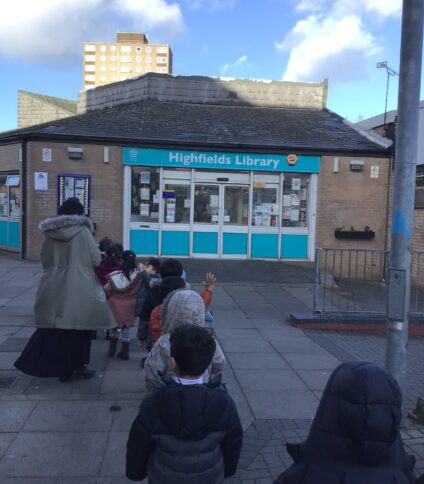

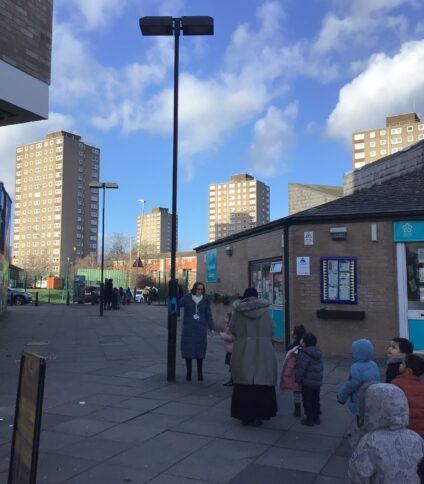

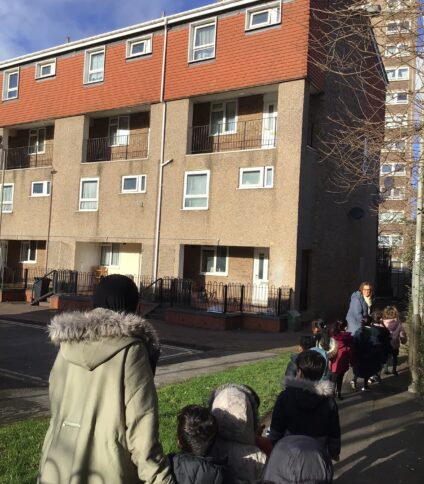

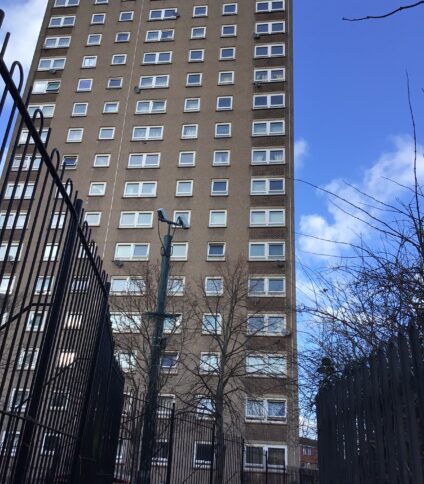

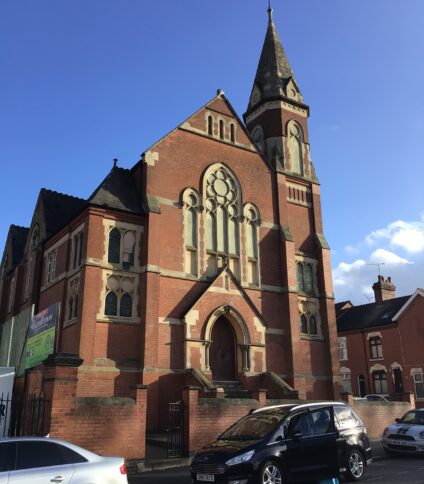

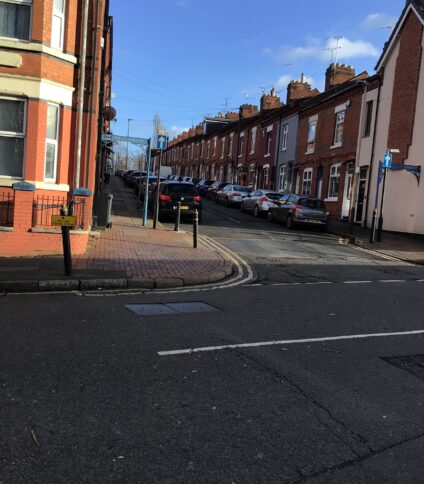

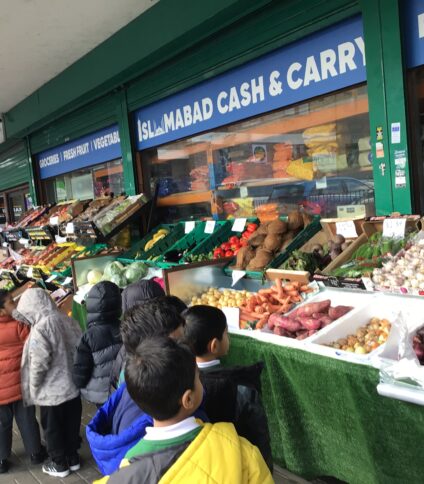

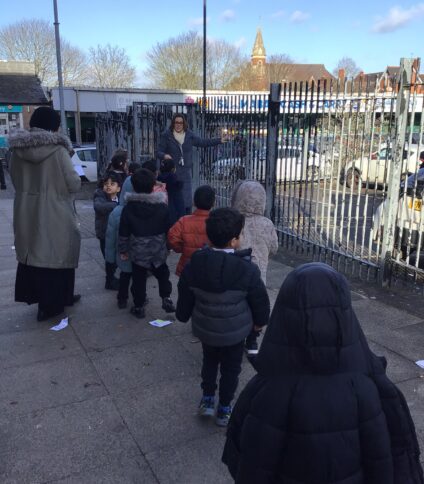

Year 1 - In Class Learning - 2023-2024
In Year 1 we learnt what an archipelago is, the children learnt that it means a group of islands. Therefore, the British Isles is an archipelago as it is made of a group of islands. Then we looked at the different countries within the UK and learnt their capital cities. Once the children had become familiar with these names, they had a chance to explore a variety of maps, globes and atlases to see if they could apply their new knowledge and locate them.
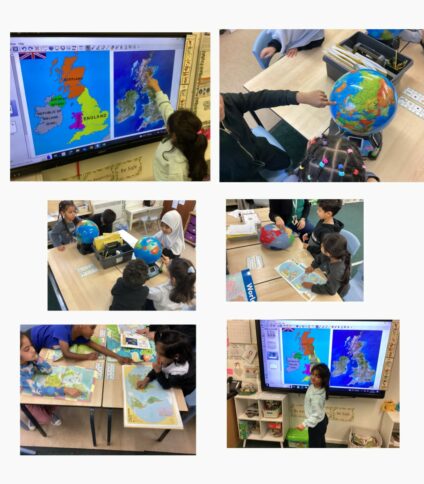

In Class Learning - 2022-2023
Maps
Haleemah enjoyed talking about her map that she created in continuous provision. She named the key places of our school on her map, including where her daddy parked his car.
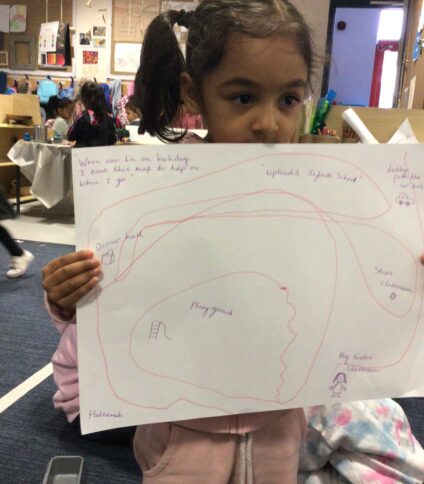

Field Trip
Nursery children enjoyed a field trip naming parts of the school. They talked about what they could see and what happens in the rooms around the school.
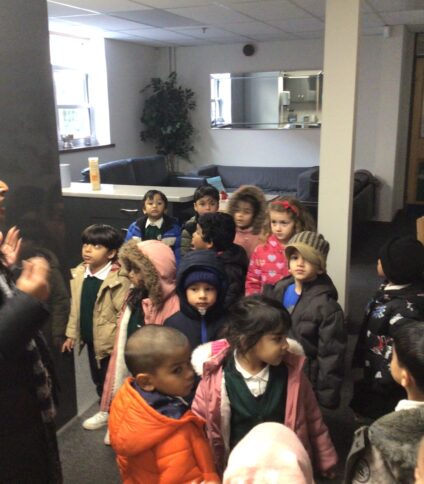

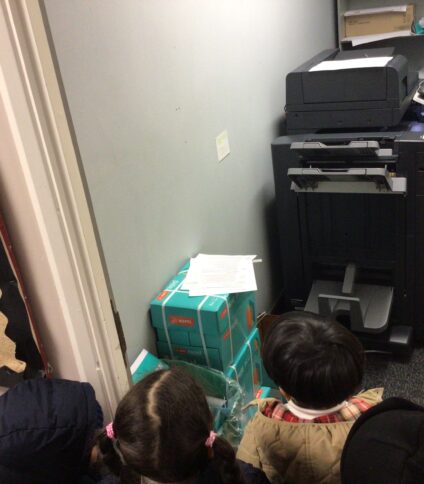

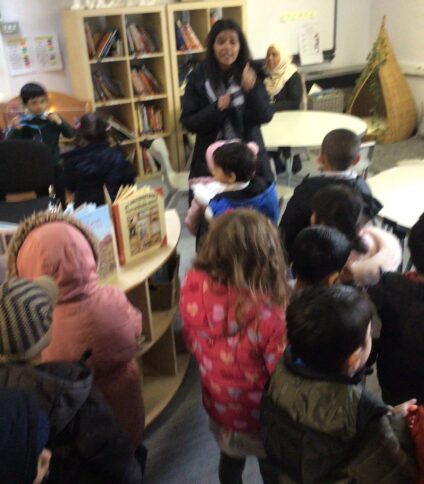

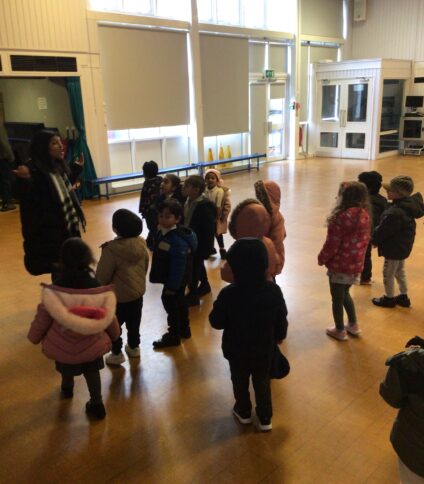

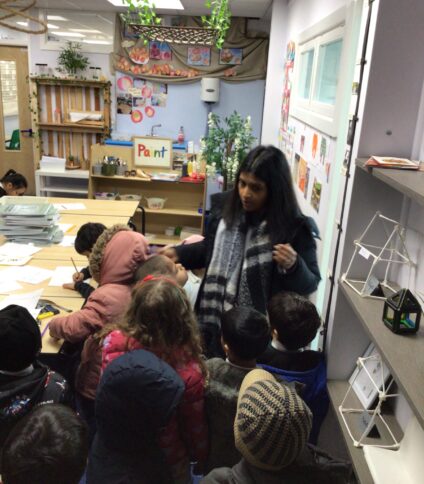

Early years children enjoyed a field trip naming parts of the school. They talked about what they could see and what happens in the rooms around the school.
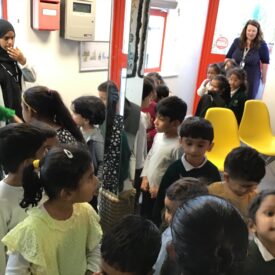

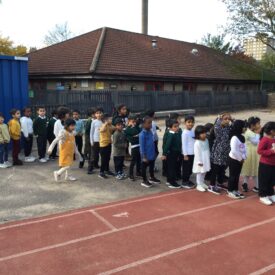

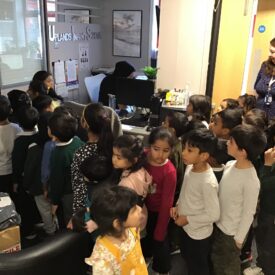

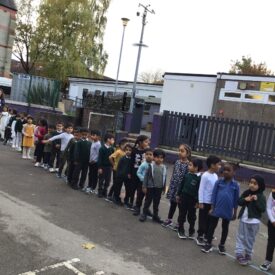

Different types of homes in our local area
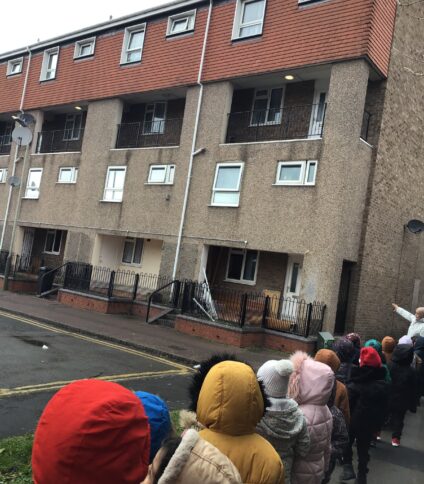

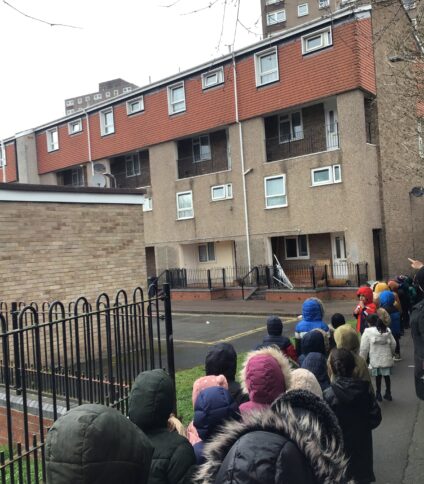

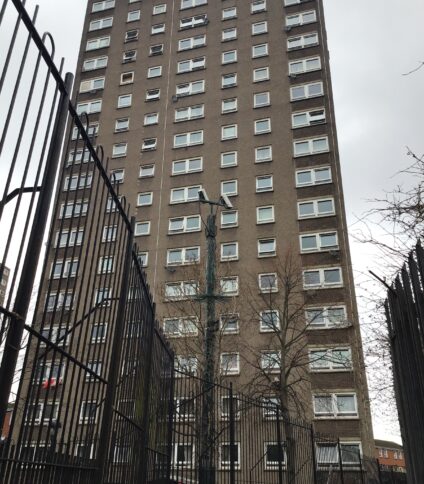

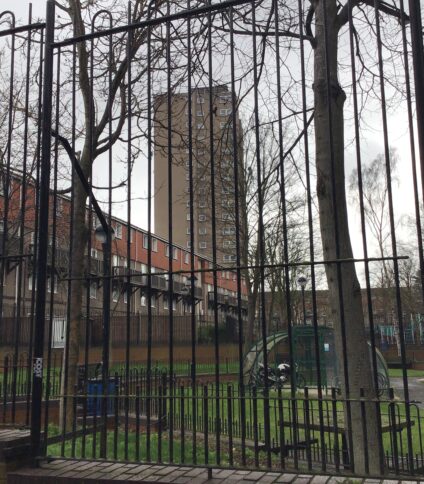

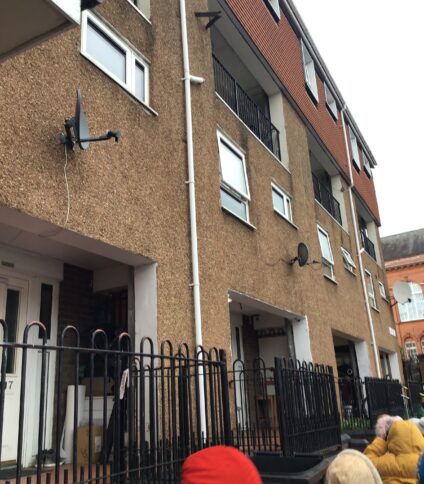

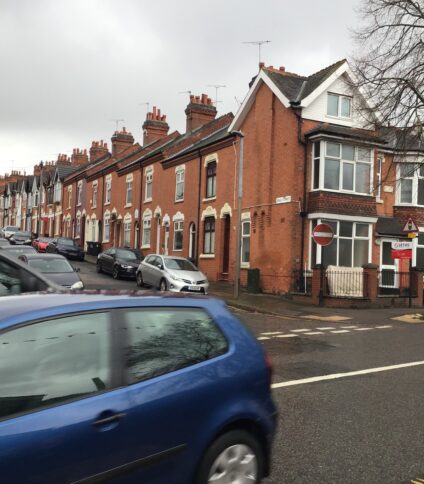

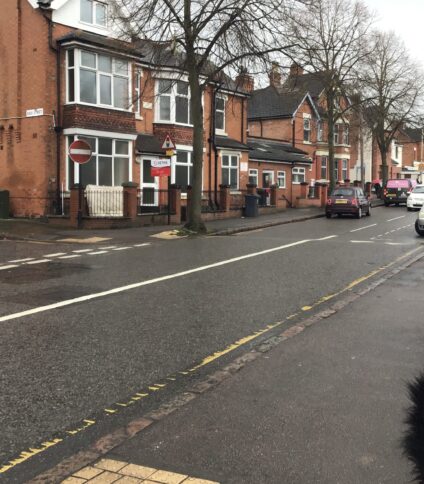

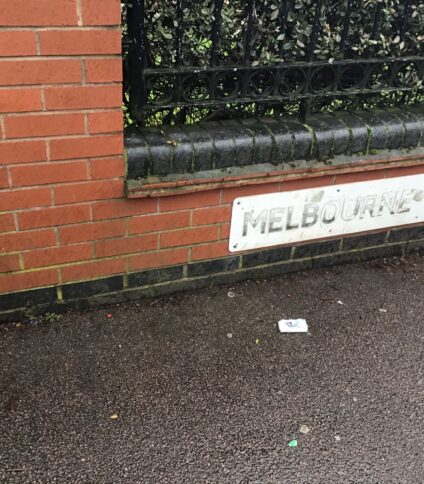

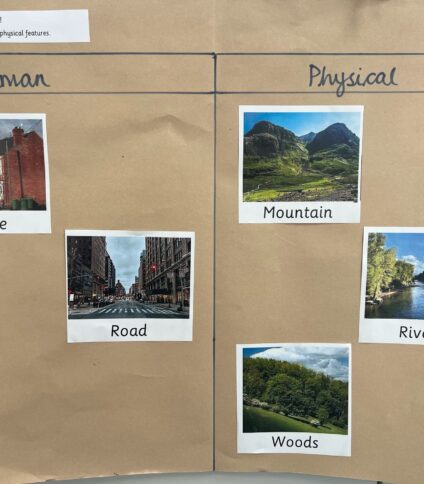

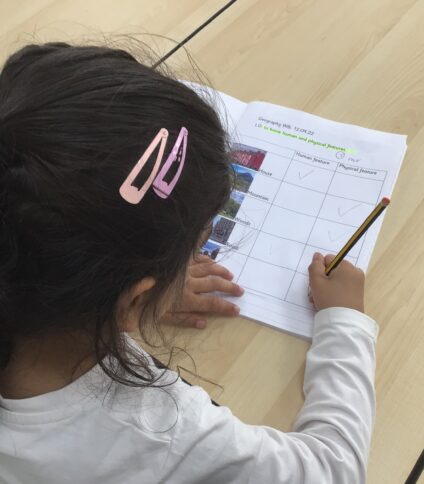

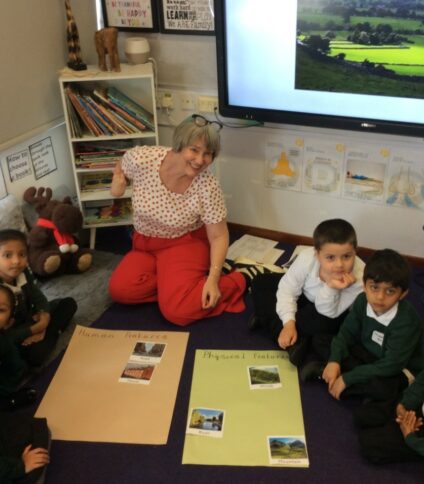

2021-2022
Reception children have been learning about their school and local environment. Children have been inspired to make models of their local area using small world and construction. Staff were impressed when children named parts of their environment which they learnt from their local field study.
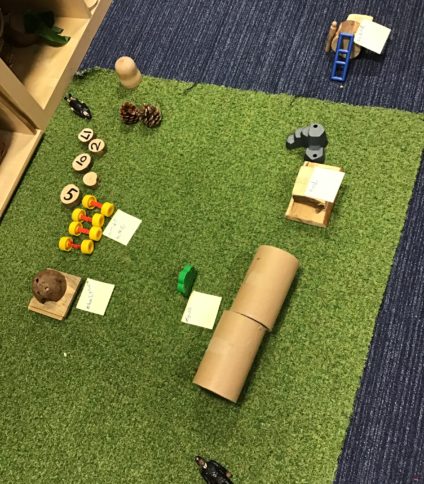

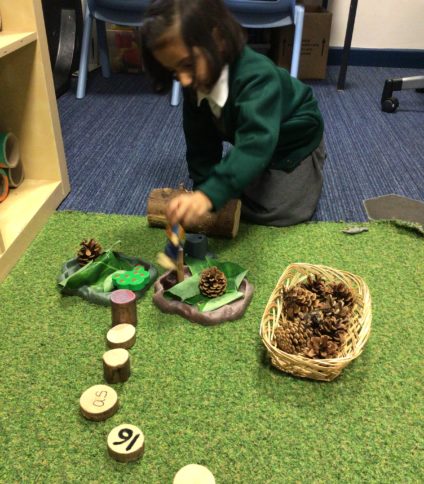

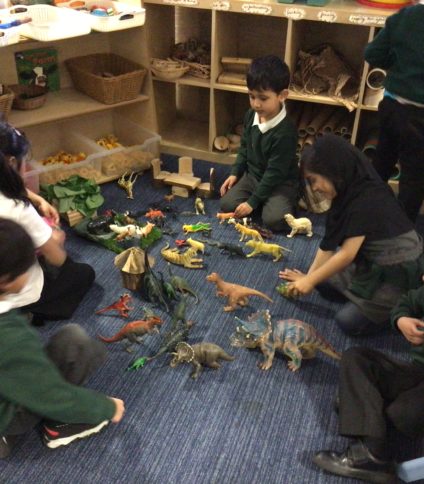

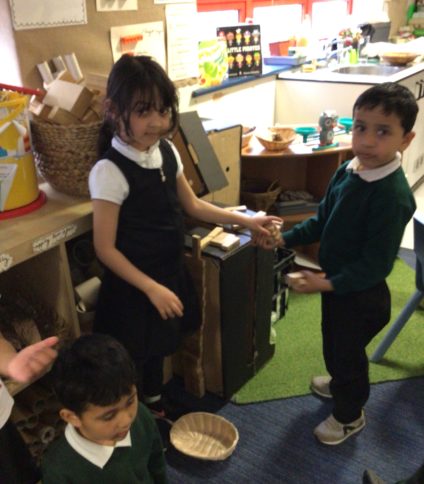

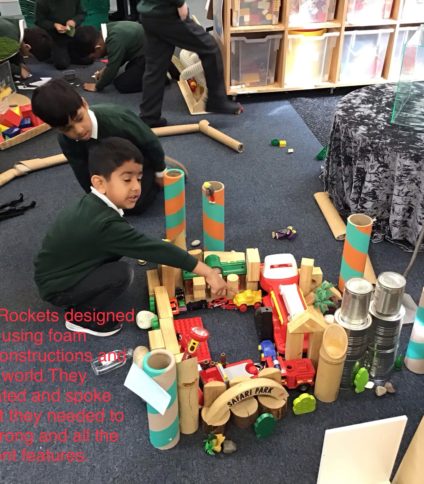

Stars children went on a field study of their local environment and looked at what human and physical were.
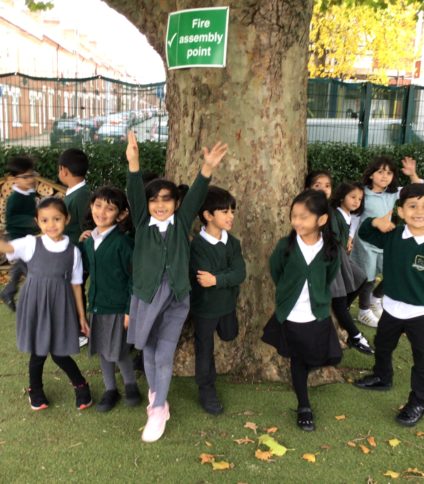

Children in Reception have been busy learning about where they live and locating Leicester on a map. They were inspired to make their own maps using fabulous language to describe a route.
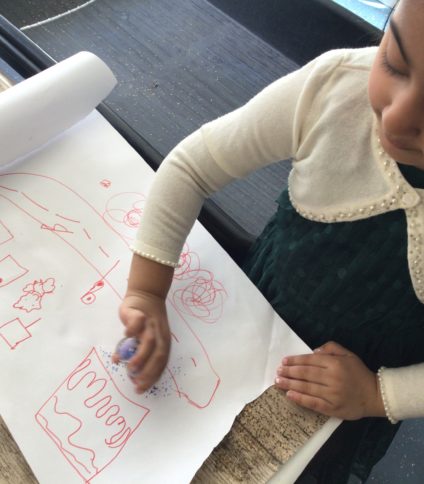

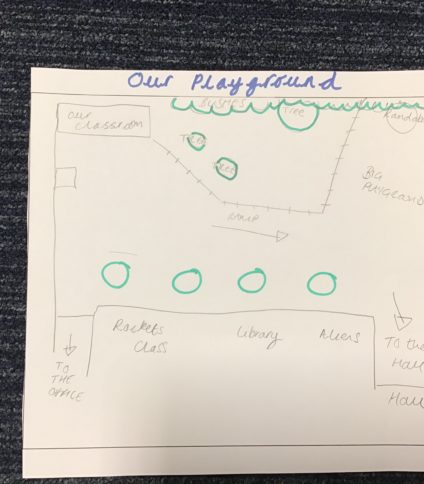

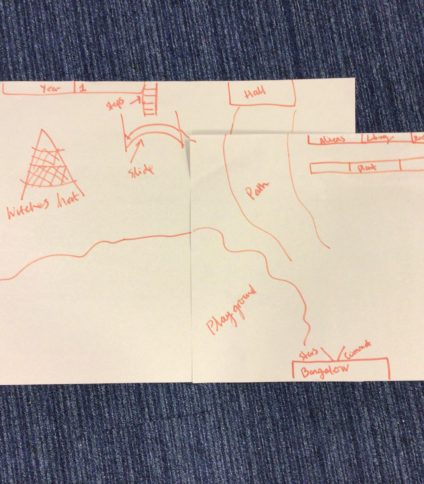

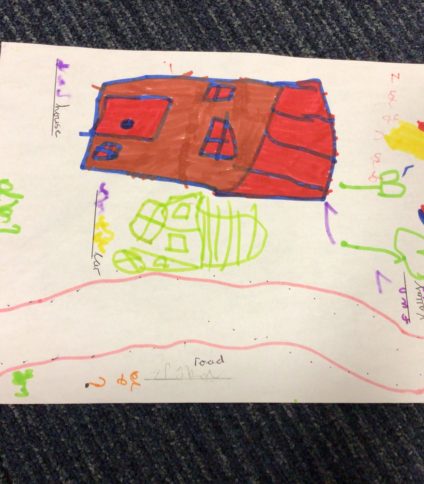

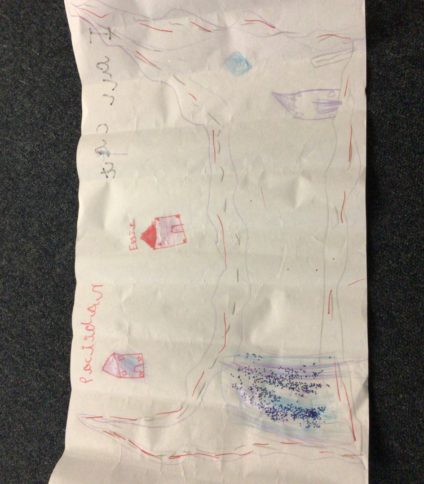

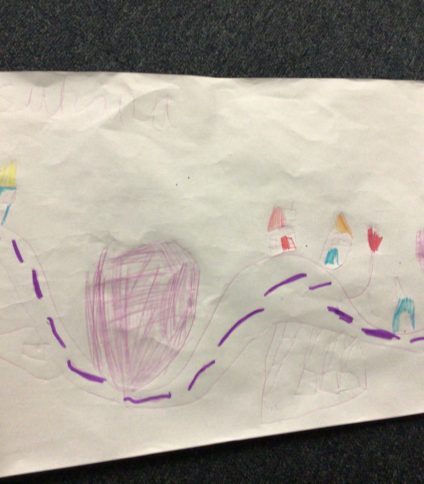

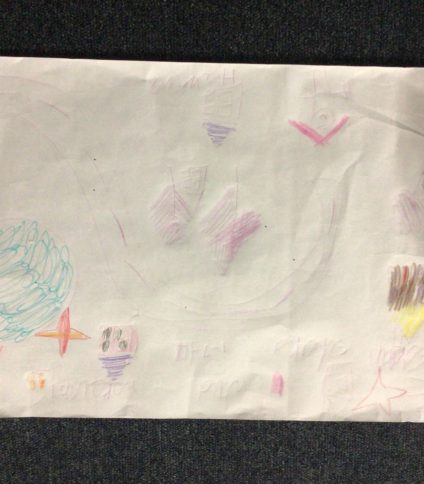

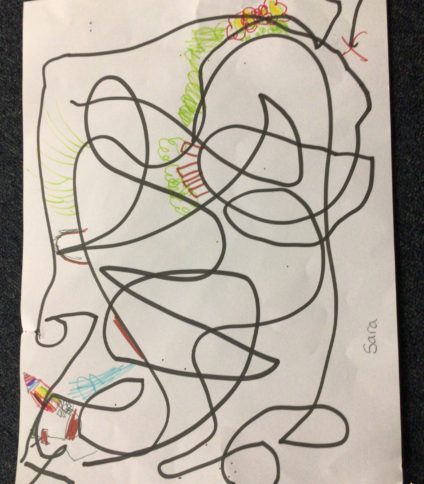

Children in Reception located familiar places using a globe.
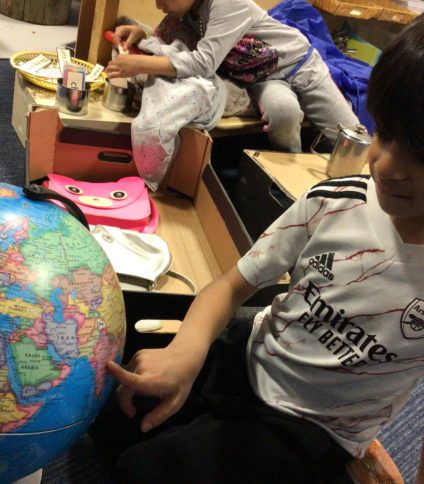

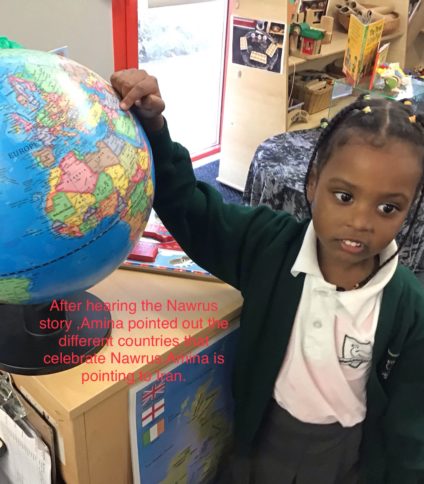

Reception children have been learning about how to look after their environment. They went litter picking, made bird feeders and made posters to help raise awareness.
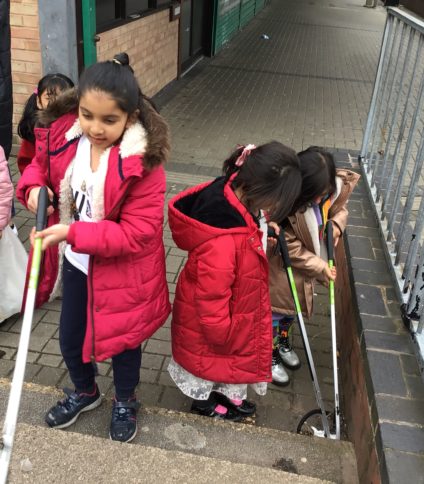

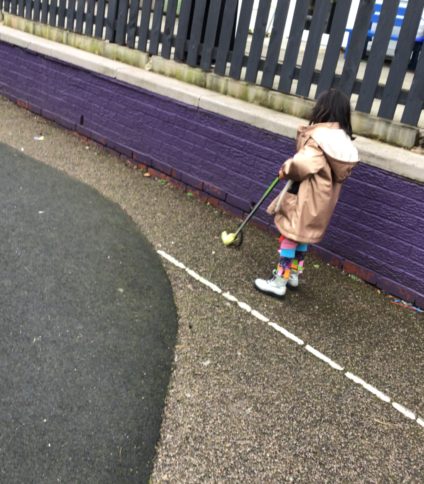

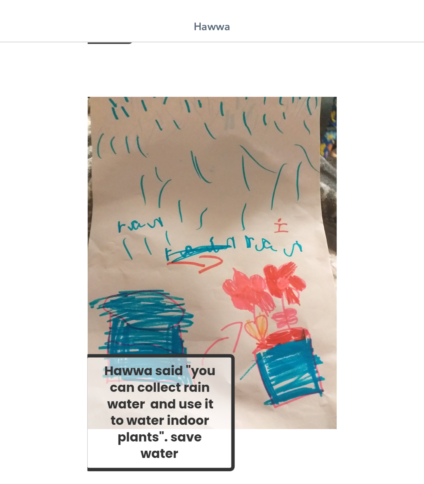

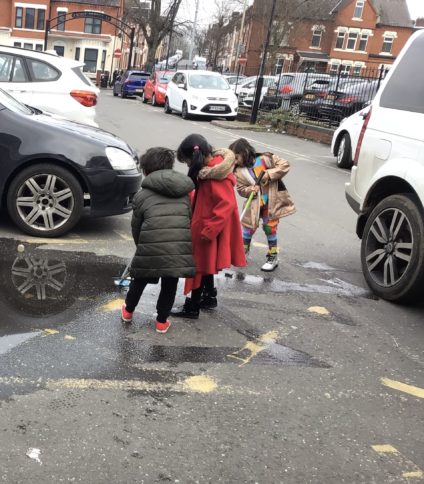

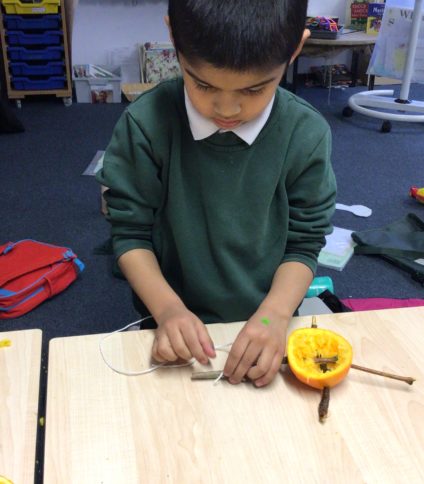

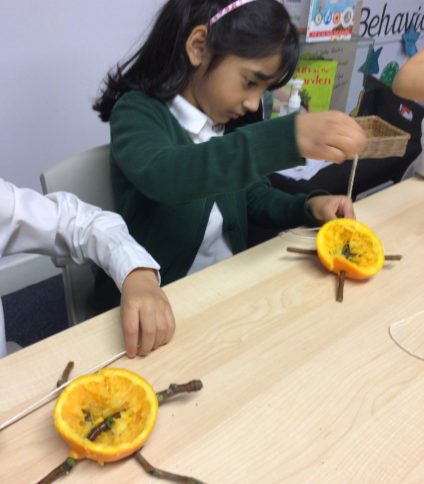

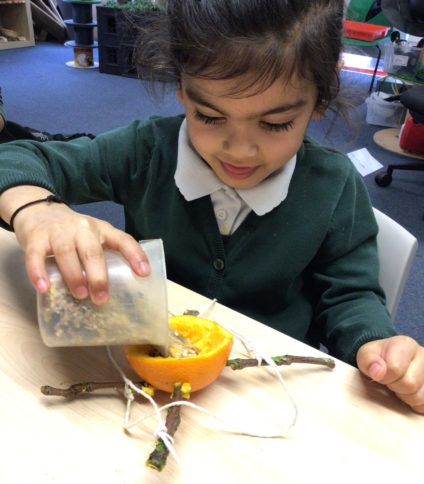

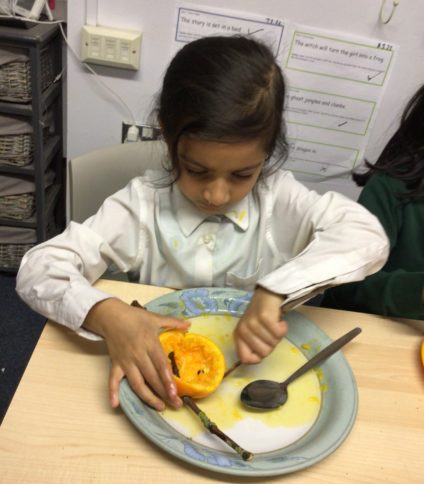

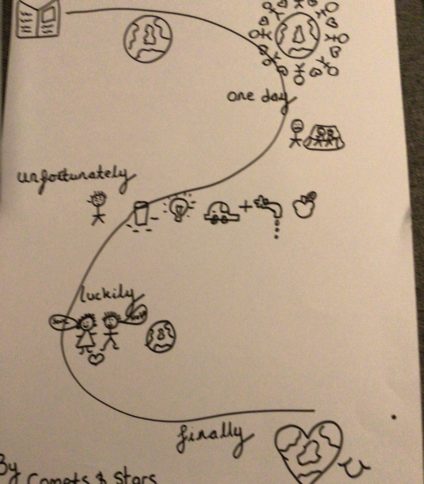

Stars children took a local field trip on Melbourne Road. They looked at what they could see and named human and physical features.
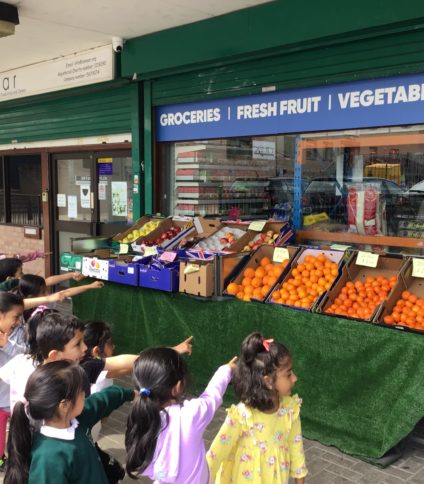

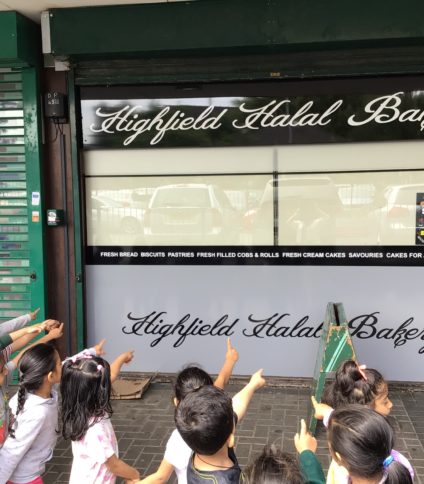

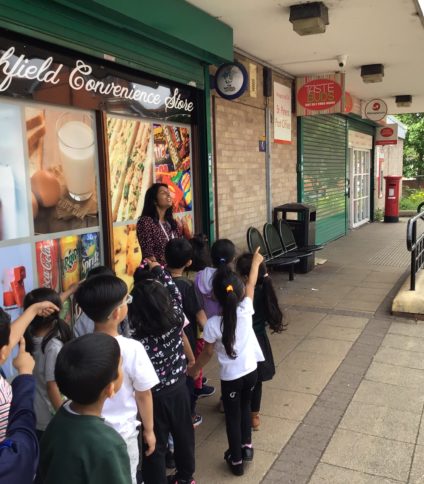

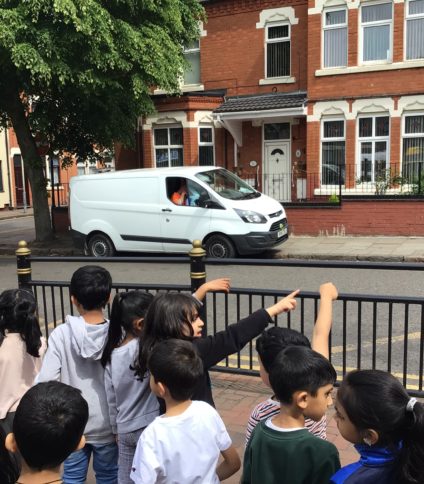

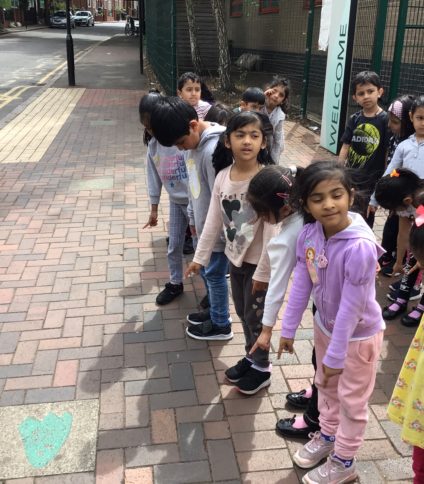

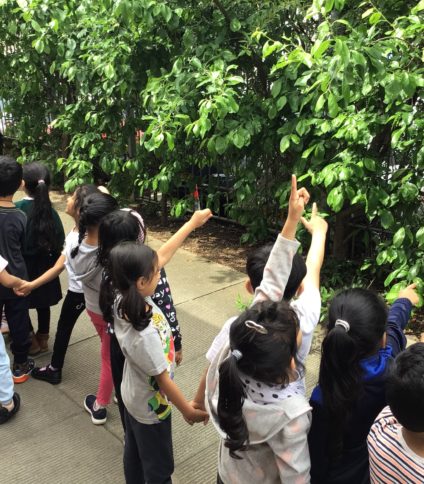

The children in Comets explores the local area looking for physical (natural) and human (man made) features.
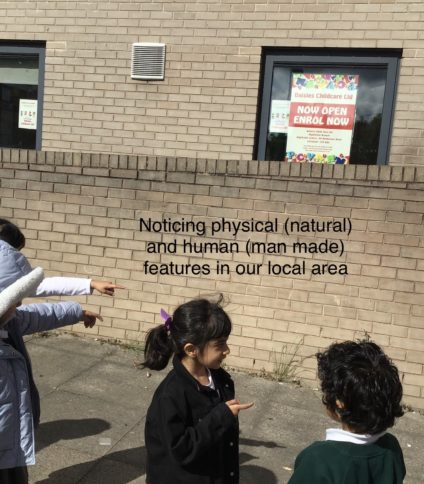

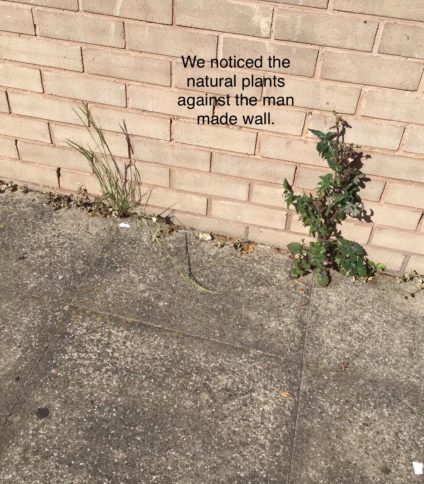

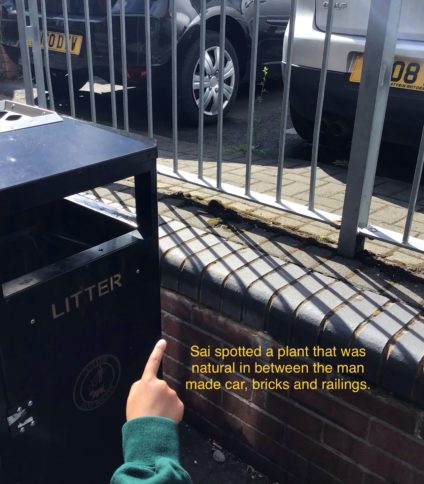

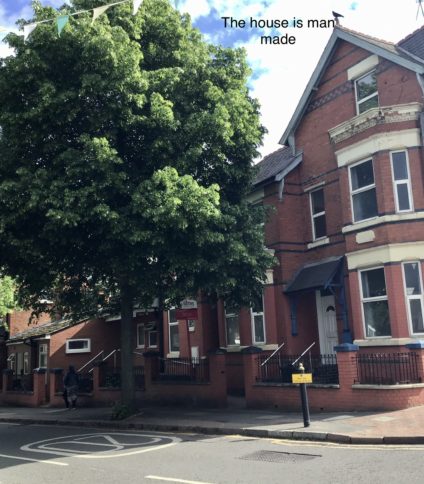

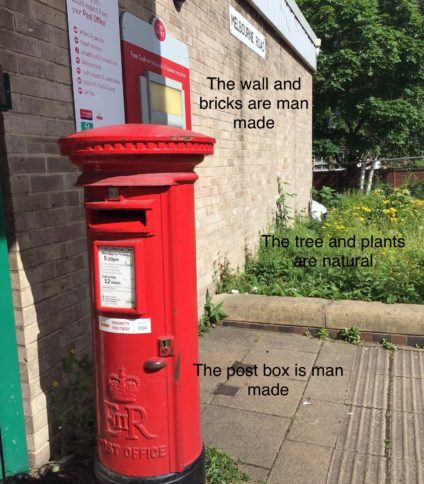

In geography, we have been learning about the different types of maps. We looked at the world maps and found the continents, the oceans, and other countries of interest using the globe, atlases and the wall maps of the worlds. We also used local maps, atlases and Google maps to find where we live, and look at the different countries and cities in the United Kingdom.
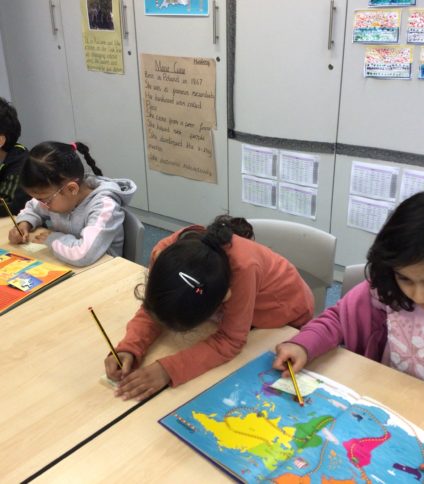

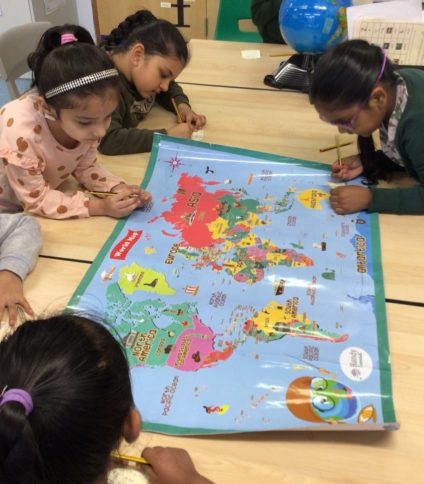

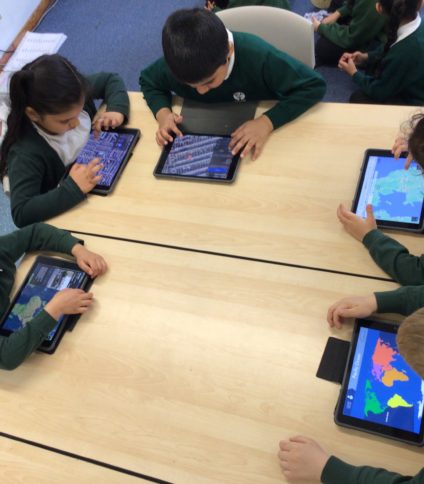

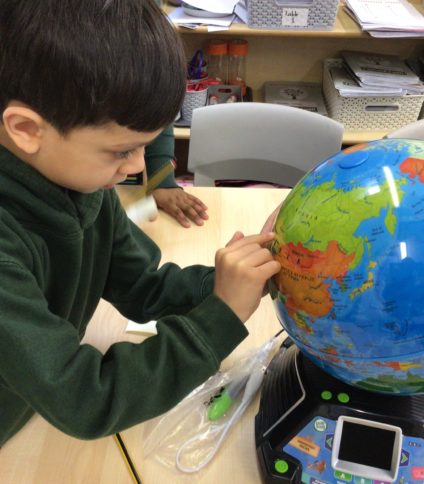

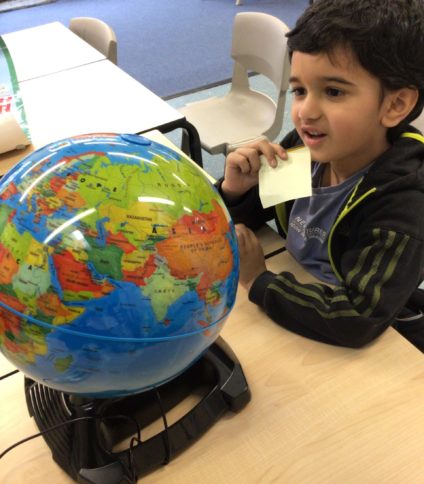

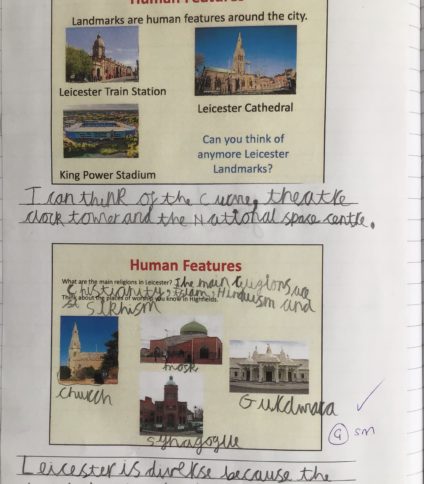

The children learnt the difference between the British Isles, United Kingdom and Great Britain. They were also able to explain what an archipelago was.
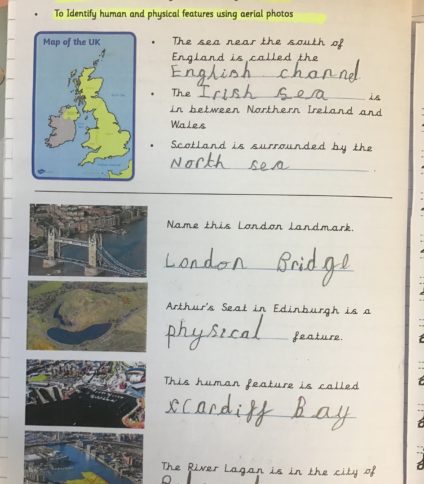

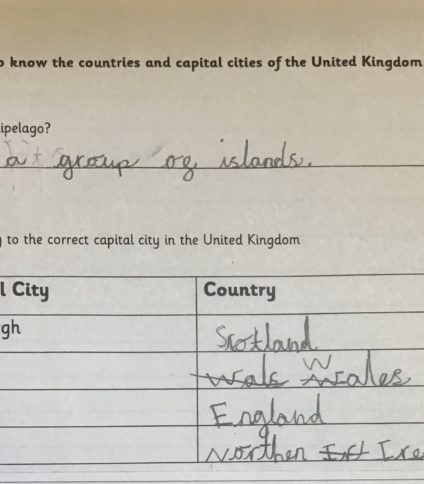

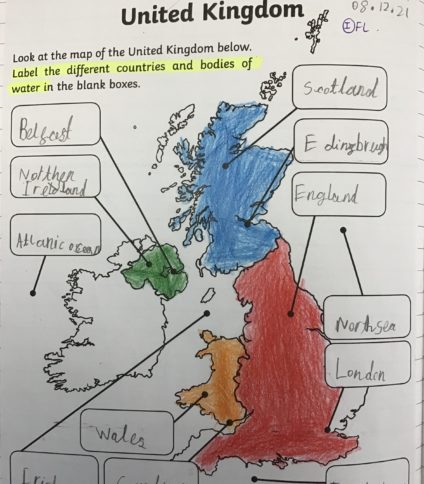

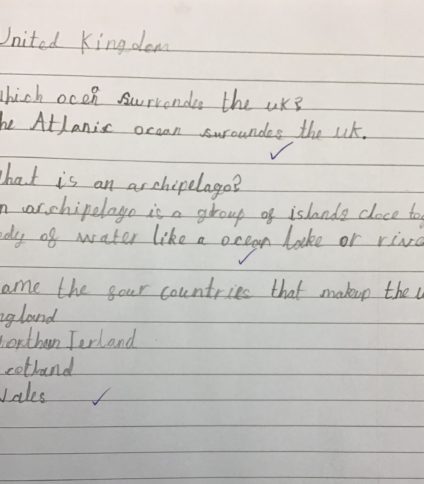

The children used maps and globes to name and locate the continents and oceans.
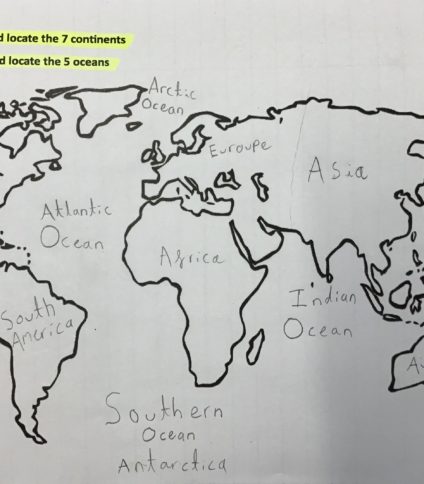

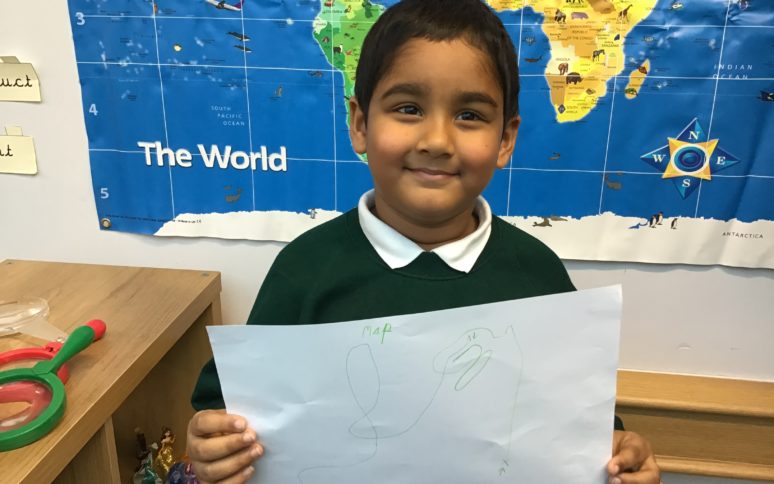
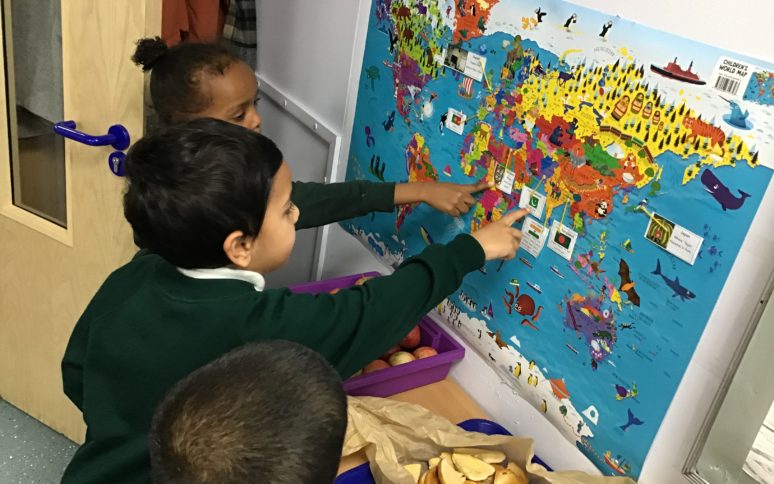

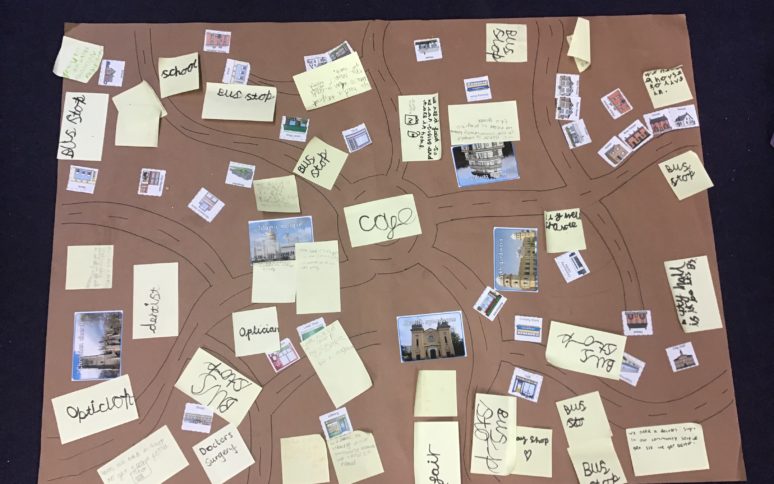
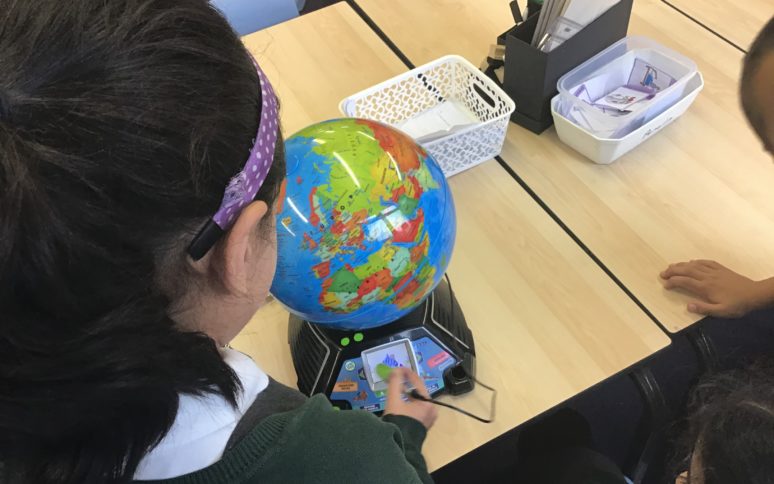
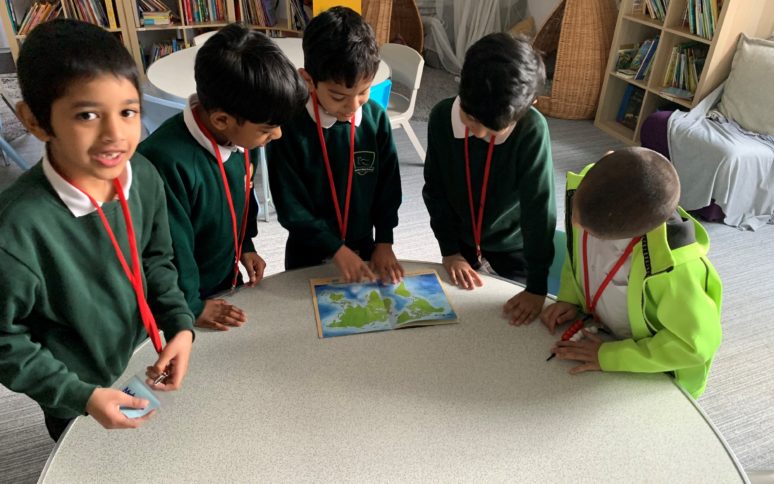
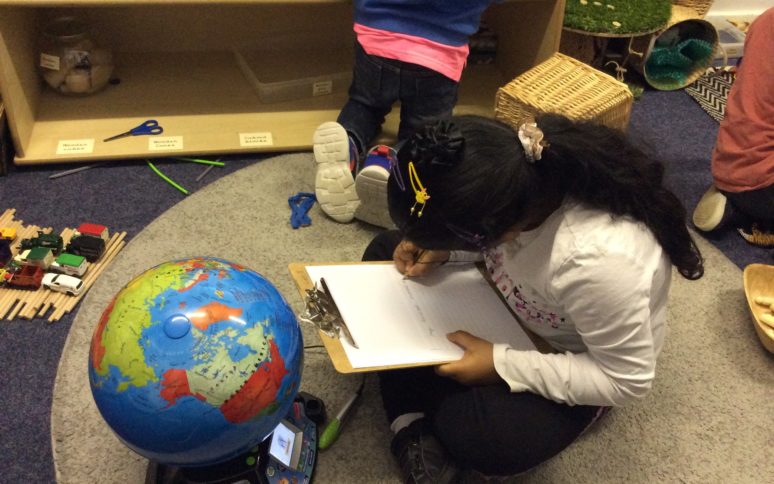
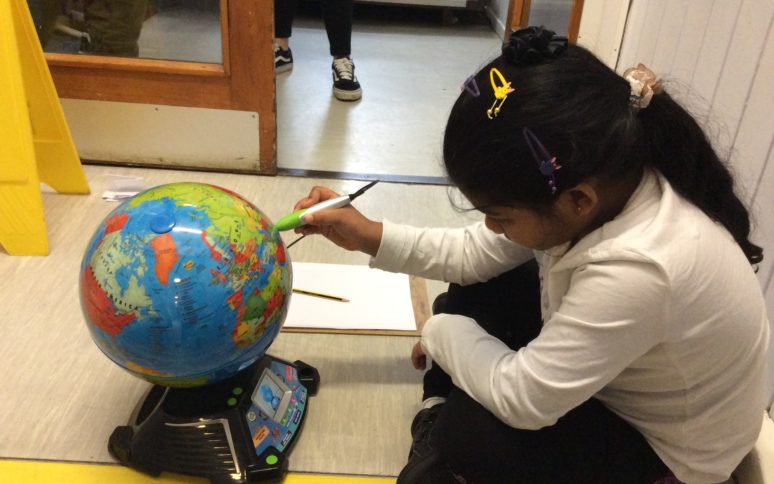
Leicester
London
Farms and zoos
- Chester Zoo
- Twycross Zoo
- Big Barn Farm Episode 1 – You Can’t Teach a New Dog Old Tricks
- Gorse Hill City Farm
Weather
- EYFS / KS1 Geography: Go Jetters – Environment, weather and climate
- Making weekly weather recordings
World
Leicester Museum and Art Gallery
53 New Walk, Leicester LE1 7EA
Parks
- Spinney Hill
- Brocks Hill
- Bradgate
- Abbey
- Victoria
- Shady Lane Arboretum
Your local area
(the streets where you live)
Train Station
City Centre
The clock tower, town hall square, Guildhall, Cathedral, Castle Park
London Landmarks
- St James’ Park
- London Eye
- Buckingham Palace
- Hyde Park
- Regents Park
- River Thames
- Tower Bridge
Stonehurst Family Farm and Motor Museum
Bond Ln, Mountsorrel, Loughborough LE12 7AA
Gorse Hill City Farm
Anstey Ln, Leicester LE4 0FJ
Pets Corner
Abbey Park
Twycross Zoo
Burton Rd, Atherstone CV9 3PXT
Tropical Birdland
Lindridge Ln, Desford, Leicester LE9 9GN
Weather
Visit your local park at different times of the year and record the seasons.
- What do you notice?
- What’s the same?
- What’s different?
World
- If you visit another country or a different city in England what is the same and what’s different?
- Can you share photos or videos with relatives in a different part of the world?
- What’s different about the weather? What do their houses look like?
- The Fox and the Ghost King by Michael Morpurgo
- A Walk in London by Salvatore Rubbino
- Children’s Picture Atlas by Ruth Brocklehurst
- Lift-the-Flap Questions and Answers Weather by Katie daynes
- Little Kids First Big Book Of The World by National Geographic
- Introducing Africa by Chris Oxlade
- Introducing Australia by Anita Ganeri
- All countries, capitals and flags of the world: A guide to flags from around the world by Smart Kids
- Introducing Antarctica by Anita Ganeri
- Introducing Asia by Anita Ganeri
- Introducing South America by Anita Ganeri
- Introducing North America by Chris Oxlade
